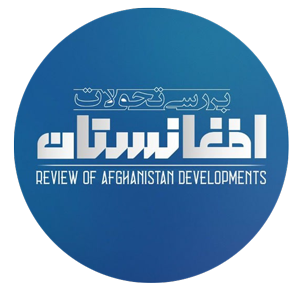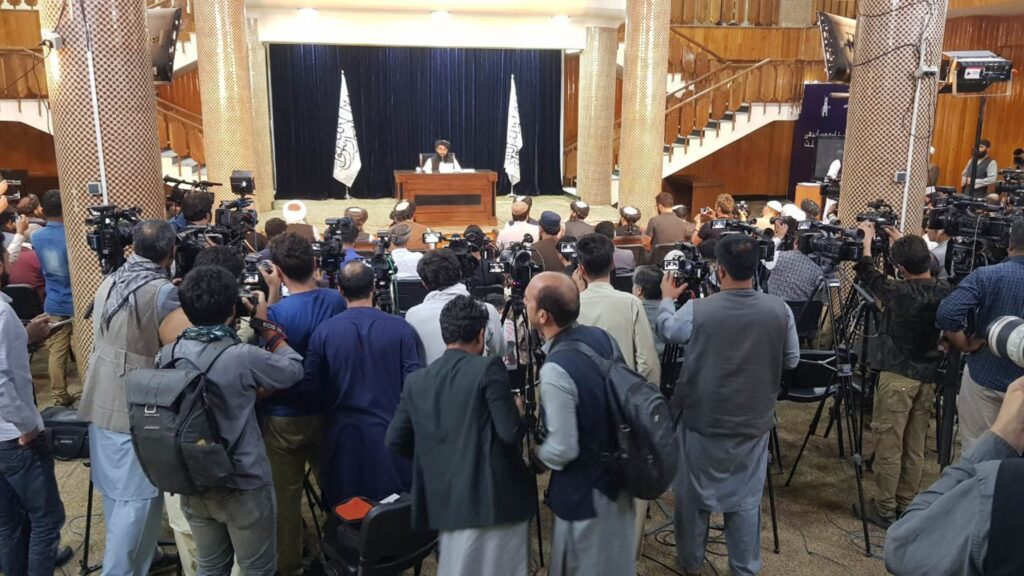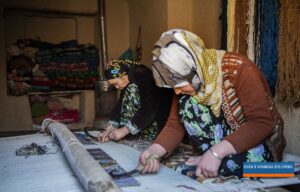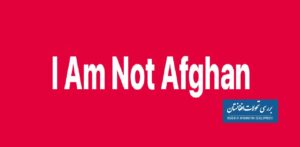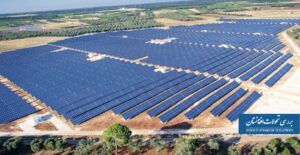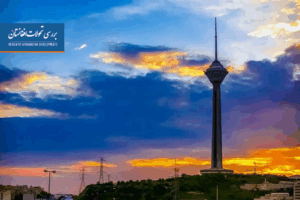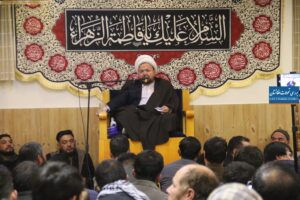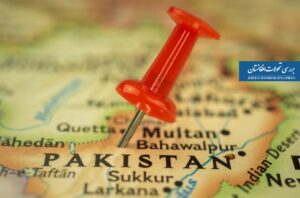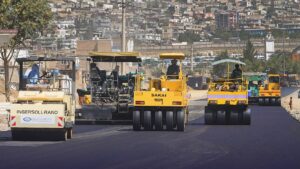Review of Afghanistan developments
The fall of the Republic system on August 15, 2021, and the establishment of the Taliban government marked one of the most significant developments in the contemporary history of Afghanistan. The wave of this transformation not only impacted the system and people of Afghanistan but also shook many countries in the region and beyond with heavy waves of Afghan migration. On the eve of the anniversary of this major transformation, coinciding with the end of the fourth year of Taliban governance and the beginning of the fifth year of their rule over Afghanistan, this article examines the achievements and challenges of the Taliban government.
This piece employs a theoretical approach based on institutional analysis and functionalism to assess the effectiveness and consequences of the structure of the Islamic Emirate. This approach focuses on the sustainability of the political order, the reconstruction of social institutions, the provision of public livelihoods, and how this government redefines its relationship with the international community.
Achievements of the Taliban Government at the End of the Fourth Year
Economic
The Taliban’s return to power occurred at a time when Afghanistan was facing a severe crisis in various dimensions at the end of the Republic system. In the economic sphere, the Taliban government took control of a country whose budget was 70% dependent on foreign aid. Following the establishment of this government, foreign aid was cut off, and the national assets of the country were frozen. Nevertheless, the Taliban managed to rebuild part of the economic structure of the country. According to reports from the World Bank, the Islamic Emirate has successfully monitored and controlled customs, increased exports of raw materials, achieved relative control over inflation rates, maintained the value of the national currency, increased tax revenues, and addressed economic corruption. While these measures have not saved Afghanistan’s economy, they have prevented its collapse.
Governance
In the governance sphere, the structure of the Taliban government is based on the concentration of power and Sharia law, with the Taliban leader at the top of the power hierarchy. The leader has chosen Kandahar as the center of governance, while the executive branch of the government is based in Kabul. At the lower levels of the power hierarchy, the government utilizes the same structure as the previous regime, with only minor adjustments, such as the addition or removal of a couple of ministries.
After four years of governance, it can be said that the Taliban government has managed to establish administrative order in many regions of Afghanistan. The concentration of policymaking, the elimination of power islands, the removal of some avenues for administrative corruption, and the implementation of Sharia laws have been among the tools the government has used to strengthen its authority. Small-scale construction projects that are beneficial and tangible for the people have been implemented almost uniformly across the country, and many rural areas that were previously deprived of access to government services are now witnessing the presence of government executive institutions. Major and infrastructural projects have yet to yield results, but numerous significant contracts have been signed.
Security
The most significant area where the Taliban government has achieved success is in security. With the end of the civil war and the withdrawal of foreign forces, widespread military violence has decreased. The Islamic Emirate has been able to confront internal opposition groups and maintain relative stability in cities while asserting control over all of Afghanistan.
One important aspect of security is the fight against ISIS-Khorasan. This group, which emerged in Afghanistan in 2014, rapidly grew during the Republic era and showcased its operational power in the most important cities of Afghanistan, particularly against ethnic and religious minorities. Since the second year of their rule, the Taliban has focused on ISIS-Khorasan, significantly weakening the group to the point where the number of its operations in most months has fallen to one or zero. This aspect of security has been significant for many countries in the region, as ISIS-Khorasan had extended its operations to the surrounding area.
Social
In the social dimension, the Taliban government has sought to strengthen traditional order. The reconstruction of some infrastructure, the reduction of urban crime, the provision of basic services in deprived areas, and efforts to foster religious solidarity are among the actions that the government has emphasized in the social sphere. However, these measures are more based on social discipline and cultural control rather than sustainable development.
The biggest criticism, and arguably the greatest weakness, of the Taliban government in the social sphere pertains to women. The policies of the Islamic Emirate regarding women have led to serious domestic and global opposition. The closure of secondary schools and universities to girls, the removal of women from the formal workforce, and the absence of women in governmental institutions indicate the government’s stringent view on the role of women in society. Despite some educational and charitable programs for women, there remains a deep disconnect between the demands of the new generation of women and the official policies of the Taliban government.
Foreign Policy
Despite implementing filters in domestic policy, the Taliban government follows an open-door policy in foreign relations and has managed to solidify its position through a pragmatic approach. All countries in the region have engaged with Afghanistan, and this wave of interaction has now reached European countries. Economic relations have expanded with China, Iran, Pakistan, and some Central Asian countries, leading to agreements on regional transit, trade, and border security.
Among countries, only Russia recognized the Islamic Emirate through a bold action, which could be considered the most significant achievement of the Taliban government in foreign policy over the past four years. Many regional countries have accepted the Afghan ambassador, and several countries that had listed the Taliban as a terrorist group have either removed or suspended them from their lists.
Major Challenges Facing the Taliban Government
Economic
In the economic sphere, dependency on humanitarian aid, the lack of an efficient banking system, capital flight, the return of millions of migrants to the country, and the absence of employment opportunities have led to increased poverty and unemployment. In the absence of a sustainable development outlook, economic activities have largely remained informal and limited to traditional sectors.
Governance
In terms of governance, the lack of political participation, the absence of a constitution, the blockage of national dialogue channels, and the exclusion of ethnic and religious groups from power have resulted in a decline of public trust in the government.
Security
While security challenges are few, they still persist. ISIS-Khorasan, although weakened, remains a serious threat in Afghanistan. Sporadic guerrilla attacks from military opponents of the Taliban, including the National Resistance Front and the Freedom Front in some regions of the country, indicate the fragility of the current relative stability. The failure to establish a comprehensive and professional security force is also seen as a long-term threat to stability.
Social
From a social perspective, dissatisfaction among women and girls, rising unemployment, youth migration, a crisis in education and healthcare, and dissatisfaction among religious and ethnic minorities pose serious challenges to the Taliban government that cannot be easily overlooked. In the absence of free media, a significant portion of discontent is growing silently within the lower layers of society, while external media opposing the Taliban government are influencing public opinion. Restrictive policies against women have not only sparked severe international reactions but have also led to widening gender gaps, increased psychological harm, and a reduction in human resource potential. Excluding half of the population from the development process undermines the social and economic foundations of the country.
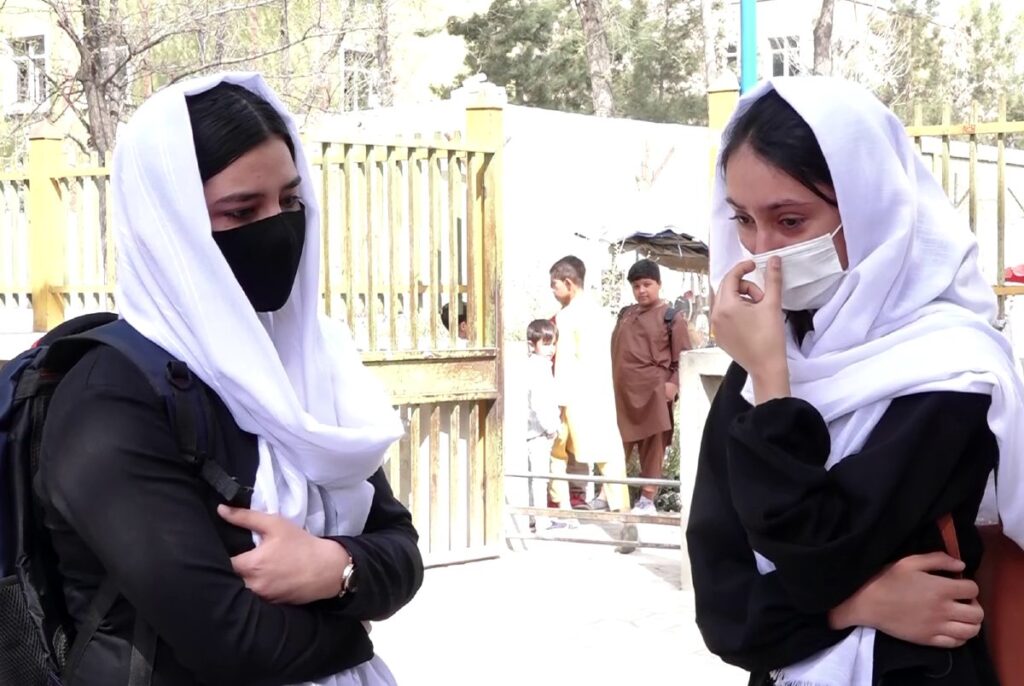
Future Outlook for the Taliban Government
The future of the Taliban government in Afghanistan depends on multiple factors. If Taliban leaders insist on continuing domestic policies without reforms, the country will face the risk of long-term isolation, resulting in economic stagnation and increased public dissatisfaction. After four years of governance, if the Taliban leaders continue to block political participation and deny public demands, they will set the stage for lost opportunities, the emergence of new oppositions, and even internal divergence.
A current point of hope is the impact of external interactions on the Taliban’s domestic policy. The flexibility of the Taliban government in foreign engagements could pave the way for gradual changes internally. Most countries that have engaged deeply with this government seek reforms in Taliban governance. These countries aim not only to manage the crisis in Afghanistan and prevent its spillover beyond its borders but also to create mutual dependency, hoping to pursue internal reform in Afghanistan through engagement. Direct pressure on the Taliban has so far yielded no results and is unlikely to do so in the future.
Exiting the current crisis requires the adoption of multi-layered strategies. As a first step, establishing a legal system with the participation of diverse ethnic and religious groups and drafting a constitution could lay the groundwork for political stability. Reopening educational institutions for girls is one of the key solutions for helping Afghanistan emerge from its current situation.
Related Articles
The Dispute between the Haqqani and Kandahar
Scenarios for the Future of the Taliban government
Conclusion
In summary, four years after the Taliban’s return to power, Afghanistan stands at the intersection of achievements and challenges. The Taliban government has managed to restore relative security and administrative order in a war-torn country, but these successes are met with profound social and economic challenges. Without structural changes and attention to the legitimate demands of society, Afghanistan’s future will remain uncertain.
A wise engagement of the Taliban government with the ethnic groups, religions, and the new generation of Afghanistan, including women, as well as the regional order and the international community, is a necessary condition for establishing peace and sustainable development in Afghanistan.
Follow us on social Media
